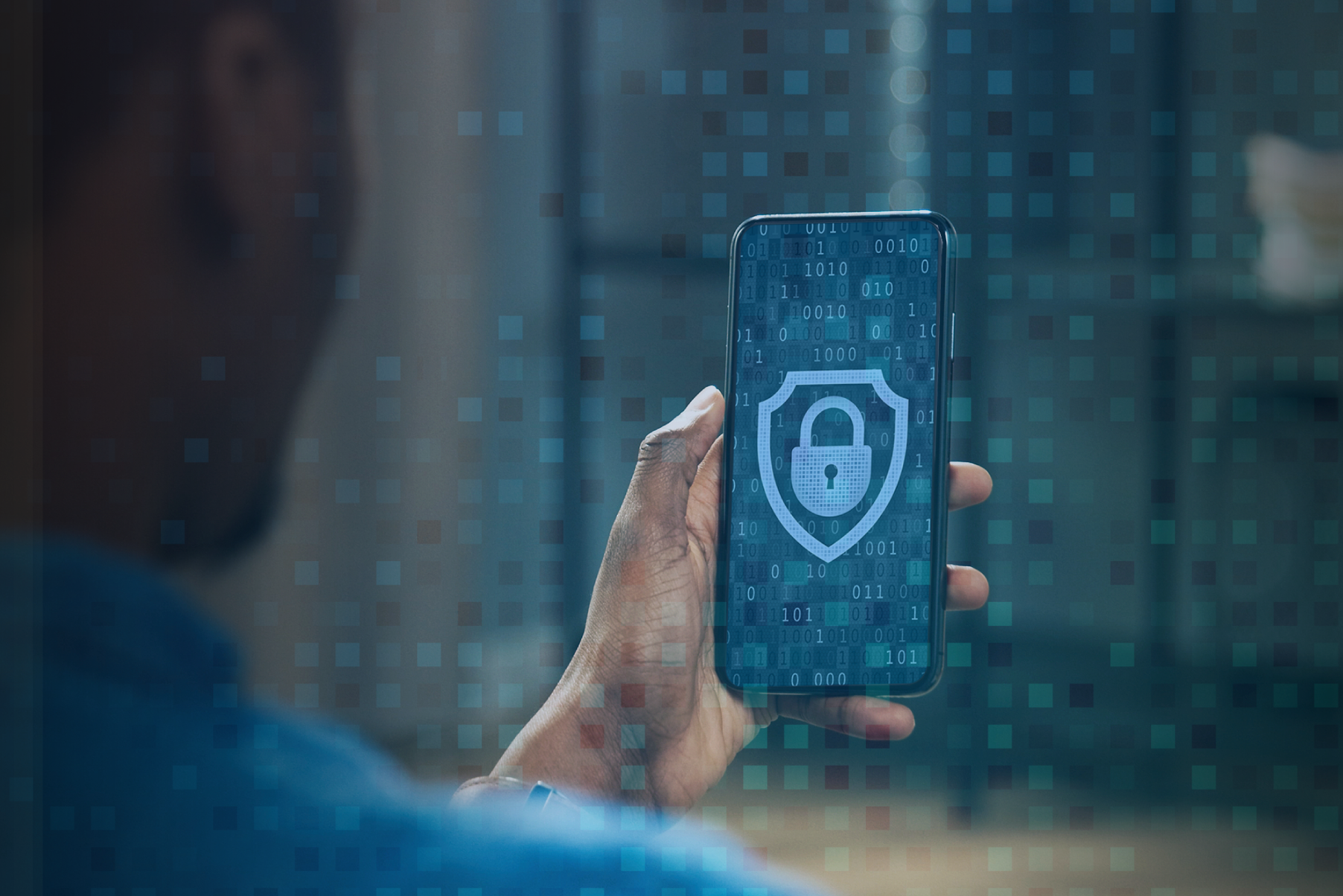By: Techbuild Africa
Advances in the technology of software devices have led to a rise in the number of counterfeit devices and many of these devices can now be found in telecommunication/ICT sector. Due to this development, there is a need to discuss issues around counterfeit software, as it affects the economy as whole.
Even recently, the International Telecommunication Union (ITU) hosted a webinar that included a discussion around combating counterfeit telecommunication devices and software.
This virtual event was hosted with the intention of assisting governments and regulators in this endeavour.
We caught up with James Gabriel Claude, Chief Executive Officer at Global Voice Group, who is a leading figure in telecommunications on the African continent. He took us through how his expertise as a top GVG executive is driving the narrative to combat counterfeit telecommunication and ICT devices and software.
How did you venture into the field of telecommunications?
I got my first degree in Telematics Engineering from the Pontificia Universidad Católica Madre y Maestra, Dominican Republic.
I followed this up by securing a master’s degree in management from Boston University. I also speak a couple of languages, which has really helped me in my role.
Before my appointment as CEO of GVG in October 2018, I had worked for the company for 13 years. I started out as manager of GVG’s network operations centre, taking charge of the technical management of many projects implemented by the company for telecommunications regulatory authorities. I served in this role until 2012, after which I was nominated to the position of Chief Technology Officer.
Could you give us an overview of telecommunications in Africa?
The telecommunications sector in Africa has experienced steady growth similar to the growth in regions like the Asia and Pacific regions and the Americas.
In 2005, there were 12.4 mobile subscriptions per 100 people and that number had risen to 82.3 subscriptions by 2020, according to information made available by Statista. In addition to the growth in the number of mobile phone subscribers, the sector has also experienced immense technological growth. Today, access to 4G networks has grown from 11% in 2015 to 49% in 2019, as per data from the GSMA. This is complemented by 75% 3G network coverage in Sub-Saharan Africa.
Therefore, the telecommunications sector has, and will continue to, grow to provide access to more subscribers, whilst giving them higher quality connectivity. We are also seeing the development of 5G networks in some African countries, with expectations being that by 2025, at least 3% of mobile subscribers shall have access to the network.
Presently, only two countries (South Africa and Kenya) have officially rolled out 5G in some capacity, but there are several other African countries that are in the testing phase. Telecommunications has allowed Africa to grow innovations as well, with Mobile Money using the existing telecommunications infrastructure to take the lead in promoting financial inclusion.
Africa is currently the leading region globally when it comes to mobile money transaction volumes, as well as value.
How have digital solutions improved telecommunications in Africa?
As already stated, the telecommunications sector is experiencing steady growth and therefore technology is being integrated to allow industry players to cope with the growth. Technology has become an integral part of how we operate in multiple facets of life and that has allowed us to develop numerous digital solutions to solve the problems faced by everyone, from individuals to large corporations.
Our work at GVG forms part of this endeavour since we have developed multiple solutions to assist regulators and governments in the oversight of the telecommunications sector.
The use of digital solutions has helped the telecommunications sector combat issues like revenue leakages by providing regulators with the ability to monitor the sector in real time. Further to this, the authentication of users within the telecommunications ecosystem has been eased through the use of digital solutions.
With millions of users already having access to mobile subscriptions, and many others being registered daily, digital solutions are making the process of authenticating these users more efficient.
What are the effects of counterfeit telecommunication and ICT devices in Africa?
Counterfeit telecommunication devices, especially counterfeit phones, represent a real issue in society, especially in Africa. Counterfeit mobile phones amount to nearly 20% of all of the handsets sold globally, according to the OECD, making them some of the most trafficked electronic goods in the world.
On the African continent, it is estimated that 10 to 20% of mobile devices currently connected to the African telecom networks are counterfeit and this number continues to grow. A 2015 study on the economic cost of the fake phone market led by the European Union Intellectual Property Office (EUIPO) and the International Telecommunications Union (ITU) revealed that companies lost €1 billion worth of smartphone sales in Africa due to pirated goods – that is 20% of the continent’s market. Globally, the losses add up to €45 billion.
Kenya loses an estimated Ksh 30 billion ($270M) every year in tax evasion through unlicensed goods and counterfeit devices. Such impact prompted the Communication Authority’s (CA) to set up a Mobile Messaging Service to ascertain whether a mobile handset is genuine or whether it is a counterfeit, as part of its consumer protection mandate.
The free service requires users to send their mobile devices’ International Mobile Equipment Identifier (IMEI) via text message. They then receive a reply with the details of the mobile handset that corresponds to the IMEI number.
How can the problem of counterfeit telecommunication and ICT devices in Africa be solved?
In essence, the way to solve this problem is to strengthen our capabilities when it comes to the authentication and tracking of devices.
Ensuring that we are able to detect the activation of counterfeit devices is key in helping us fight this vice.
Further to that, we must be able to take the next step of tracking these devices and deactivating them. Technology is going to play a key role in this for us since it allows us to centralise the processes and make them more efficient.
For example, GVG has developed a solution that could be very useful in solving this problem: Visio Device. This solution can automatically detect all devices that are connected to mobile networks in the country and block all IMEI numbers which have not been authorized for import into the country by the relevant authorities.
The solution also allows for the detection of phones with duplicate IMEI numbers and the subsequent blocking of the device that was registered last.
Authorities can go a step further and create white-, grey- and blacklists of devices, allowing them to easily manage the authentication and blocking of counterfeit devices. Although our Visio Device solution has brought 100 million mobile phones into compliance since 2019, it relies on existing protocols defined by ITU and GSMA that have their limitations.
With the progress made in the digital certification and Blockchain domains, I believe there are more effective ways to solve the problem. In this sense, the ITU has to take the leadership in working together with regulators, manufacturers, and MNOs to create more adapted protocols based on Blockchain, to track all devices from manufacturing up to acquisition and enable their digital certification so that they can be authenticated on any mobile network around the world.
We look forward as a company to contributing to the ITU’s different initiatives in relation to this issue and to bringing our perspective and know-how in emerging economies.



